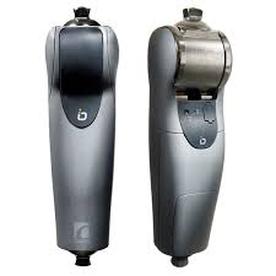
RHEO BIONIC KNEE (2007 - 2012)
The rheo knee is the worlds most advanced passive microprocessor prosthetic knee. It uses a very unique magnetorheological fluid actuator to impart a graceful "biological-like" motion to its user. The initial concept was developed at M.I.T. I was part of a small team of engineers, designers and clinicians that continuously developed this knee over a 5 year period.
The rheo knee is sold and developed by Össur. Due to the rheo knee's huge success there are many videos and images of the rheo knee available , for example:
Rheo knee user stories
Rheo knee design overview
The rheo knee is the worlds most advanced passive microprocessor prosthetic knee. It uses a very unique magnetorheological fluid actuator to impart a graceful "biological-like" motion to its user. The initial concept was developed at M.I.T. I was part of a small team of engineers, designers and clinicians that continuously developed this knee over a 5 year period.
The rheo knee is sold and developed by Össur. Due to the rheo knee's huge success there are many videos and images of the rheo knee available , for example:
Rheo knee user stories
Rheo knee design overview
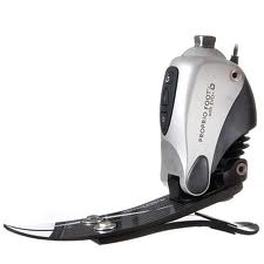
PROPRIO BIONIC FOOT (2007 - 2010)
The proprio foot is worlds first microprocessor foot. It was concieved designed and developed by Össur Iceland. I was part of a small engineering team at Össur Iceland which developed and enhanced this product.
Similar to the rheo knee there are many videos of the proprio foot on the web, for example:
Proprio foot user stories
Proprio foot design overview
The proprio foot is worlds first microprocessor foot. It was concieved designed and developed by Össur Iceland. I was part of a small engineering team at Össur Iceland which developed and enhanced this product.
Similar to the rheo knee there are many videos of the proprio foot on the web, for example:
Proprio foot user stories
Proprio foot design overview
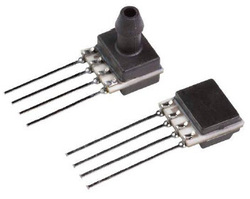
INTELLIGENT SOCKET/INTERFACE (2007-2008)
I developed the concept (or at least defined the problem) for the "intelligent socket" whilst I was working a clinician in Norway. Whilst learning electronic engineering and software at the university of reading I developed sufficient skills to create a prototype of an intelligent socket. This device was able to adapt to applied pressure imposed on residual limb in manner which prevented tissues from beginning exposed to detrimental forces
(it was the development of this device that caught the attention of my future employers Össur, the worlds leaders in lower limb bionics)
I developed the concept (or at least defined the problem) for the "intelligent socket" whilst I was working a clinician in Norway. Whilst learning electronic engineering and software at the university of reading I developed sufficient skills to create a prototype of an intelligent socket. This device was able to adapt to applied pressure imposed on residual limb in manner which prevented tissues from beginning exposed to detrimental forces
(it was the development of this device that caught the attention of my future employers Össur, the worlds leaders in lower limb bionics)
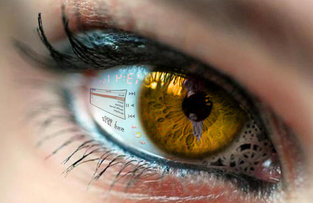
PROSTHOTOLOGY: THE SCIENCE OF PROSTHETICS AND ORTHOTICS (2004-2007)
In 2004 I began writing a paper which detailed why the current field of prosthetics and orthotics is not really a science, as is often claimed. However, I soon realised this was a little weak and felt too much like complaining. After all there is little point complaining about something if you cant offer an answer or alternative
So I spent some years dissecting and distilling prosthetics and orthotics into first principles. I also explored how allied fields of engineering, cybernetics and system theory can be best utilised in prosthetics and orthotics. After I was comfortable with these concepts I combined them in a simple manner which allowed not only a logical scientific approach to prosthetics and orthotics but an approach centred about improving the quality of life of people.
This paper is available at: Kybernetes, A.G. Bache, (2008) "Prosthotology: the science of prosthetics and orthotics", Kybernetes, Vol. 37 Iss: 2, pp.282 - 296
In 2004 I began writing a paper which detailed why the current field of prosthetics and orthotics is not really a science, as is often claimed. However, I soon realised this was a little weak and felt too much like complaining. After all there is little point complaining about something if you cant offer an answer or alternative
So I spent some years dissecting and distilling prosthetics and orthotics into first principles. I also explored how allied fields of engineering, cybernetics and system theory can be best utilised in prosthetics and orthotics. After I was comfortable with these concepts I combined them in a simple manner which allowed not only a logical scientific approach to prosthetics and orthotics but an approach centred about improving the quality of life of people.
This paper is available at: Kybernetes, A.G. Bache, (2008) "Prosthotology: the science of prosthetics and orthotics", Kybernetes, Vol. 37 Iss: 2, pp.282 - 296
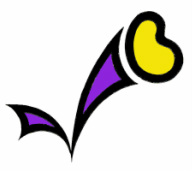
JUMPING BEAN (2004)
An epic failure. Jumping Bean was a not-for-profit prosthetic and orthotic research and development company. Its genesis occurred when I noticed that there were significant grants/funding available to conduct research in prosthetics/orthotics/rehabilitation. I strongly felt most of this money was going to university professors to conduct research on amputees/disabled people some of whom had never met an amputee and many of whom had no real practical experience with the needs and limitations of amputees.
My idea was to form a small group of passionate people that would focus day and night to enhance prosthetics and orthotics in a very practical grounded way.
Significant losses in dignity, pride and money occurred in this venture. I failed to realise the time and financial cost involved in research and development. I failed to release that people responsible for assigning grant money need to justify there decision. As such given a choice between a distinguished professor at a well known institution with an experienced team of people and an idealistic guy in his early twenties, most people go with the former no matter how good the idea.
An epic failure. Jumping Bean was a not-for-profit prosthetic and orthotic research and development company. Its genesis occurred when I noticed that there were significant grants/funding available to conduct research in prosthetics/orthotics/rehabilitation. I strongly felt most of this money was going to university professors to conduct research on amputees/disabled people some of whom had never met an amputee and many of whom had no real practical experience with the needs and limitations of amputees.
My idea was to form a small group of passionate people that would focus day and night to enhance prosthetics and orthotics in a very practical grounded way.
Significant losses in dignity, pride and money occurred in this venture. I failed to realise the time and financial cost involved in research and development. I failed to release that people responsible for assigning grant money need to justify there decision. As such given a choice between a distinguished professor at a well known institution with an experienced team of people and an idealistic guy in his early twenties, most people go with the former no matter how good the idea.

PROSTHETIST/ORTHOTIST IN THE ARCTIC (2002 - 2004)
I worked as a prosthetist/orthotist in clinic in the far north of Norway in a town called Tromsø. This clinic covered a huge area including the island of Svalbard (and the most Northern town in the world). I ran a satellite clinic in Harstad which required me taking a small catamaran in and out of the fjörds to get there.
Working in this small family run workshop was an amazing experience in which I learned so much in a very short period of time. My colleagues felt like family and my understanding grew exponentially.
You can take a look at the "North Norway's Orthopaedic Workshop"
I worked as a prosthetist/orthotist in clinic in the far north of Norway in a town called Tromsø. This clinic covered a huge area including the island of Svalbard (and the most Northern town in the world). I ran a satellite clinic in Harstad which required me taking a small catamaran in and out of the fjörds to get there.
Working in this small family run workshop was an amazing experience in which I learned so much in a very short period of time. My colleagues felt like family and my understanding grew exponentially.
You can take a look at the "North Norway's Orthopaedic Workshop"
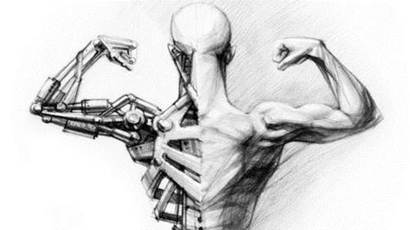
ADAPTIVE PREHENSION (2001)
My first passion was upper limb prosthetics or more specifically control of prosthetic hands. This project was concerned with allowing 4 digits/fingers to automatically adapt to the shape of a grasped object. At this early stage in my career I did not really have a budget. So to prove the concept I went to many scrap yards collecting the hydraulic components from old mini coopers. I built the hand and proved the concept, however it was absolutely massive weighing several kilograms.
This was the first project in which I combined engineering, medicine and design to a create a prototype which could significantly improve quality of life (and I loved every minute of it).
My first passion was upper limb prosthetics or more specifically control of prosthetic hands. This project was concerned with allowing 4 digits/fingers to automatically adapt to the shape of a grasped object. At this early stage in my career I did not really have a budget. So to prove the concept I went to many scrap yards collecting the hydraulic components from old mini coopers. I built the hand and proved the concept, however it was absolutely massive weighing several kilograms.
This was the first project in which I combined engineering, medicine and design to a create a prototype which could significantly improve quality of life (and I loved every minute of it).